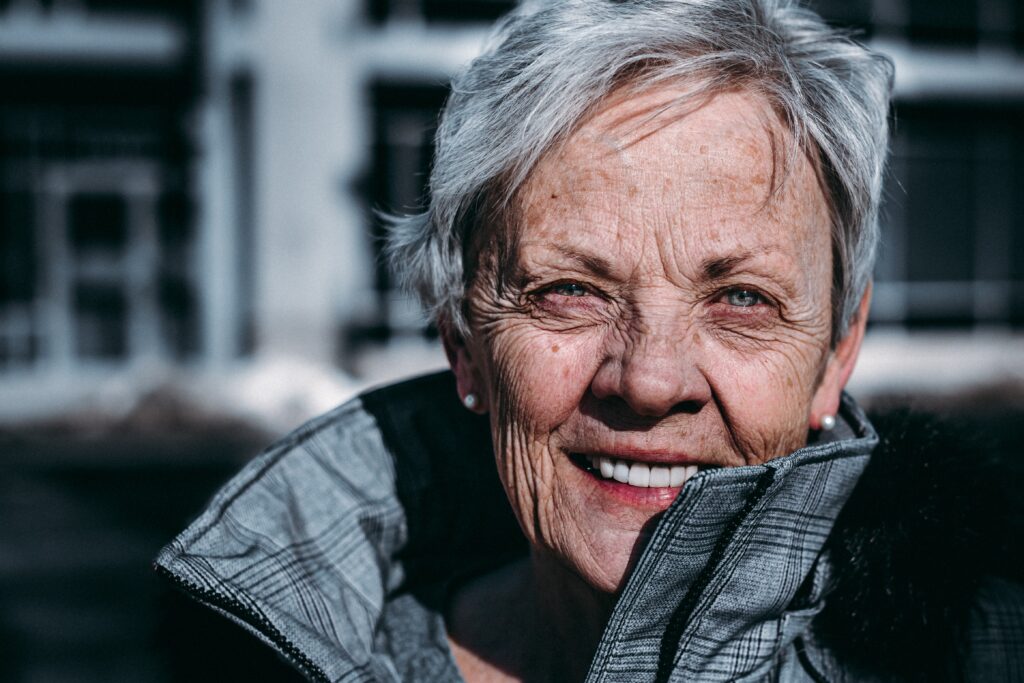Diverse Elders Coalition seeks $450 million from American Jobs Plan
The DEC aims to use the funds to fight disparities faced by older adults from racially and ethnically diverse, American Indian and Alaska Native, and/or LGBT+ communities.
The U.S. faces profound disparities when it comes to equitable access to health and wellness essentials, especially for 17 million U.S. older adults from diverse communities, who will make up 50% of all older Americans by 2050.
COVID-19 has only led to increased poverty levels, poor healthcare and living conditions, and a lower quality of life. To combat these challenges, the Diverse Elders Coalition (DEC) – a leading national advocacy group of six organizations that represent the interests and concerns of racially and ethnically diverse older adults, as well as LGBT+ older people – has submitted a proposal seeking $450 million of the $400 billion allocated in President Biden’s American Jobs Plan toward eldercare.

“We’re excited to see the Biden-Harris Administration prioritizing elder services and care in the American Jobs Plan,” said Lauren Pongan, National Director for the Diverse Elders Coalition. “At the same time, we’re looking to policymakers to invest in expanding care and services for older people from racially and ethnically diverse communities, and LGBT+ elders. With this funding, we have a chance to address some of the longstanding inequities older people in underserved communities face in getting the care and support they need.”
The Diverse Elders Coalition has pledged to use the $450 million to support a series of initiatives grounded in the specific realities and needs of the diverse older adult communities, including:
American Indian and Alaska Native (AI/AN) Older Adults
- 33% of people residing on Indian reservations do not have running water and one-third don’t have access to electricity.
- 60% of COVID-related deaths in Indian Country were older adults over the age of 65, which is equivalent to losing 233,285 years of tribal history, culture, customs and language.
- Most tribal communities have poverty levels of 50%, while others are as high as 70%.

Asian American and Pacific Islander (AAPI) Older Adults
- AAPIs face language barriers, as 60% of Asian American and 25% of Pacific Islander older adults have limited English proficiency (LEP). Southeast Asian Americans (SEAA) in particular have higher rates of LEP than Asian Americans as a whole and other racial groups, with nearly 90% of SEAA speaking a language other than English at home.
- These language barriers can exclude older AAPIs from available healthcare services and employment opportunities, leading to racial discrimination and a generally poorer quality of life.
- Along with higher levels of poverty, older AAPIs also experience health disparities, with significantly higher levels of both acute and chronic illness.
Black and African American Older Adults
- The poverty rate for black older adults is twice as high compared to other senior citizens.
- Black older adults suffer significantly due to the digital divide, as only 30% have broadband at home compared to 51% of white seniors and only 17% have access to smartphones.
- 37% of all elderly COVID hospitalizations were Black seniors, even though they represent only 12% of the 65‐and‐over population.

Hispanic/Latino Older Adults
- 71% of Hispanics speak a language other than English at home.
- Hispanics have the highest uninsured rates of any racial or ethnic group within the United States.
- Latinos were almost twice as likely to face food insecurity than non-Hispanic white individuals, and 17% of Hispanics live at the poverty level.
LGBT+ Older Adults
- One-third of LGBT+ older adults live at or below 200% of the federal poverty level.
- LGBT+ older adults are 3–4 times less likely to have children, and twice as likely to live alone.
- 54% of LGBT+ older adult care recipients receive care from their partner and 24% receive care from a friend.
“Like millions of elders who are part of diverse communities, including LGBT+ older people, the odds are stacked against us. I’ve overcome homelessness and faced discrimination simply for being who I am,” said Lujira Cooper, age 73, who is part of SAGE. “Older people like myself are more likely to face social stigma, poverty, and poor physical and mental health. That’s why whenever there are public policies related to elder services and care, we need legislators to recognize the concerns we face and make sure no elder is invisible.”

The organizations of the Diverse Elders Coalition include: the National Asian Pacific Center on Aging, National Caucus and Center on Black Aging, National Hispanic Council on Aging, National Indian Council on Aging, SAGE, and Southeast Asia Resource Action Center.
To read the full proposal and learn how the Diverse Elders Coalition will use the funds to positively impact the lives of the more than 17 million diverse older adults in the United States, go to www.diverseelders.org.






